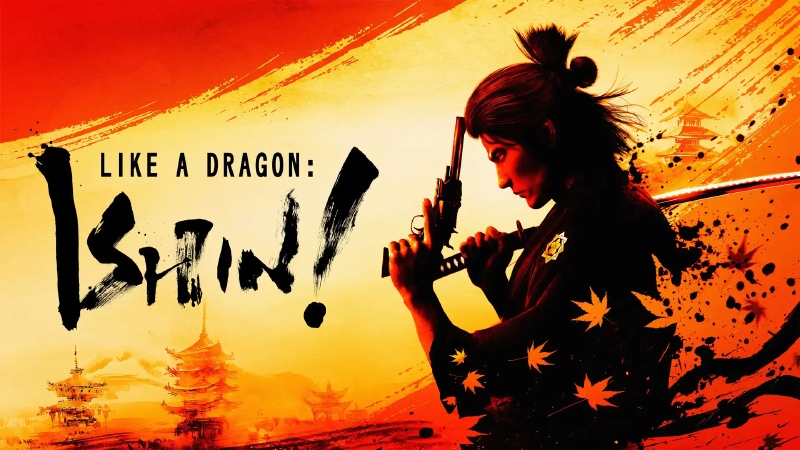Like A Dragon: Ishin! is a remake of Ryu Ga Gotoku: Ishin! A spin off title from the Yakuza series originally released only in Japan. Ishin! is set in the mid-to-late 1800’s during the chaotic Bakumatsu phase of the Edo period where an oppressive class system and threat of colonisation filled the minds of a worrisome country on the brink of collapse. You play as Sakamoto Ryoma, a fundamental carbon copy of the Yakuza series’ main antagonist Kazuma Kiryu as he uncovers the conspiracies and injustices that ended the Samurai era and revolutionised the future of Japan. Throughout Ishin! you will notice iconic characters from the series under a new moniker based loosely on historical figures.

As you progress through the game, Ryoma will pursue his mentor’s killer from within the Shinsengumi (an elite group of swordsmen that was organized by commoners and low rank samurai for the Shogunate) in a thrilling plot full of twists and turns that leave you wanting more. Within the game’s 13 chapters, you will begin to question allies and bear witness to the inner turmoil of a man conflicted with grief, revenge, and his quest for the truth. The story has a habit of presenting you with what at the time feels like an obvious plot hole just to make sense of it much later – this series is not known for its continuity errors or senseless narrative.
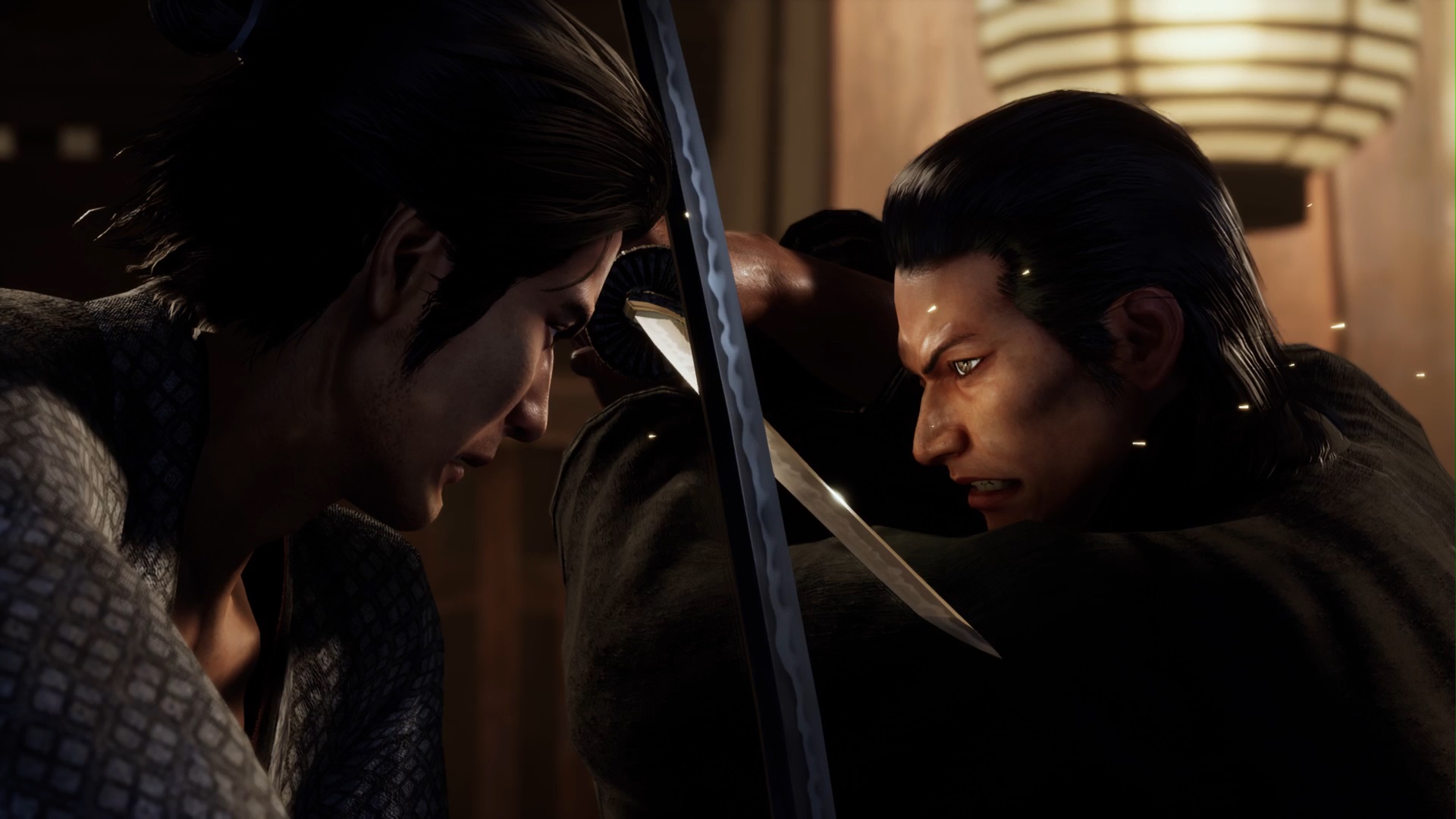
This is the first time that western audiences have seen a game from this franchise use a historically accurate event to house their fictional storyline and I must admit that they have done a good job of blending the two together. To help with the games period setting and oftentimes obscure terminology, there is a button prompt within the games dialogue and cutscenes to open a glossary of definitions and explanations on the various factions and their political motivations. While it is not particularly important to enjoy the story (which again is mostly fictional,) it does add an extra layer of intrigue for those interested in learning more and offers some educational value.

I make no illusion of being completely in love with this series and therefore biased when it comes to offering my opinion and recommendation to pick up Like A Dragon: Ishin! It is a fantastic game with a great story however, it does not mean I am unable to notice its shortcomings and there are some big ones. As I played through the game in my hunt for the Platinum trophy, I became increasingly aware of certain content that either overstayed its welcome or just outright disrespects your time. Like A Dragon: Ishin! is most assuredly for narrative driven gamers and lovers of the weird and wonderful as opposed to those who expect fluid combat gameplay and intuitive RPG-like gear systems. Unless you are a diehard fan like myself, I would warn off any platinum trophy hunters or completionists expecting an easy ride, it is anything but.
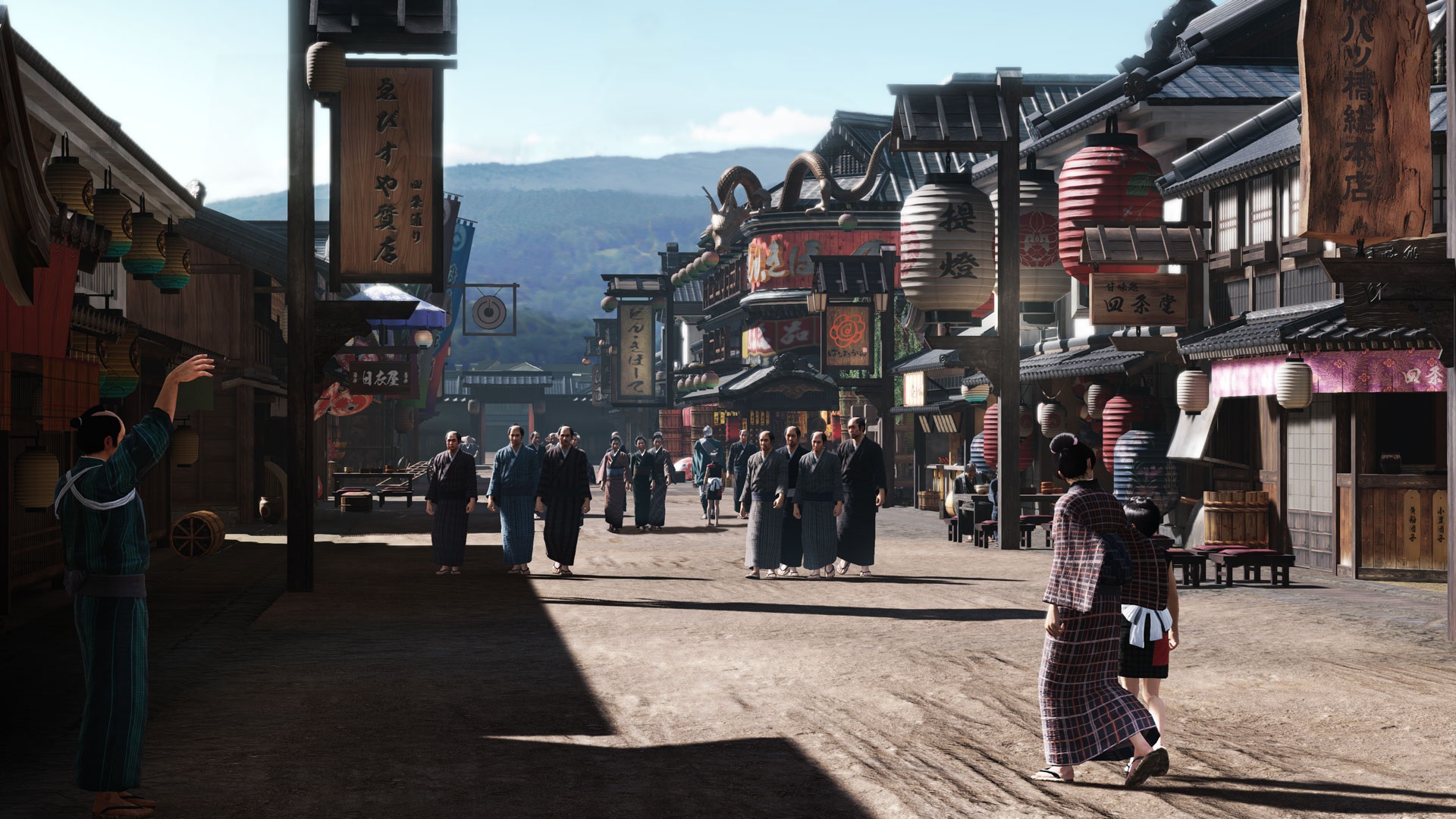
Gameplay follows the same template as its mainline semi open-world counterparts. You will explore the then capital city of Kyoto and its 6 main districts filled with substories, restaurants and wildly entertaining (If sometimes dubious) minigames and diversions that the franchise has become known for. Given the period setting with swords being more commonplace, this is probably the bloodiest the series has ever been. Cutscenes both in and out of combat (Q.T.E.’s) feature fountains of blood reminiscent of old Samurai movies where shades of crimson splatter against shoji screens as the silhouettes duke it out from behind, not to mention the various heat actions that increase in brutality as you learn more skills and follow-up attacks.
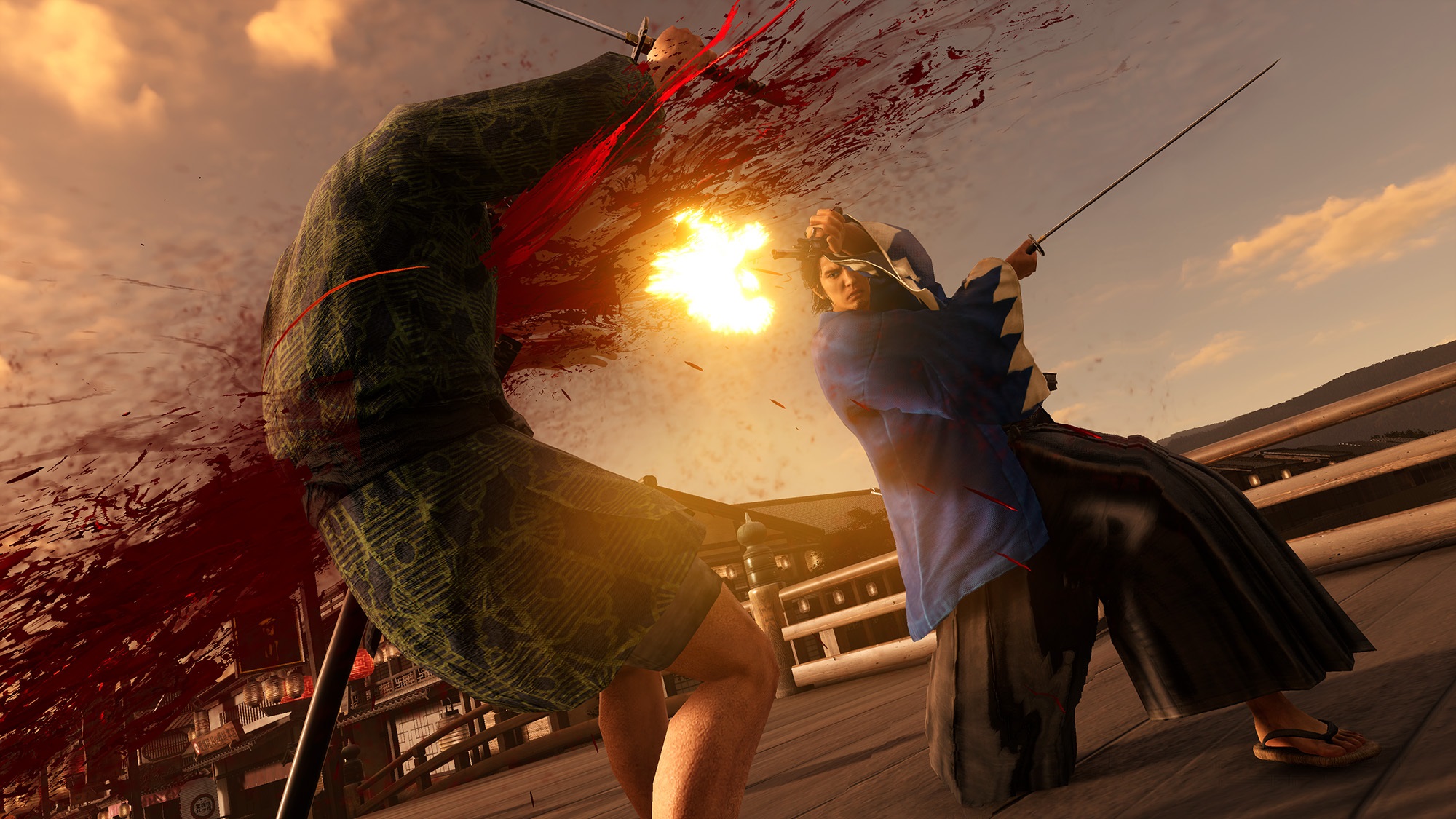
In combat you can switch between the 4 main disciplines: Brawler, Swordsman, Gunner, and Wild Dancer which blends both gunplay and swordsmanship into its own style designed for multiple opponents. Also returning is the franchises iconic Heat actions that allow you to burn meter for high-damage cinematic style attacks that both humiliate and sunder your opponents to shreds. As you progress through the game and gain experience through battle and completing substories, you will earn skill orbs which can be used to unlock new moves and abilities within the 4 discipline’s skill trees. The rub here however is after having played and upgraded similar skills in the previous games is that so much of each of the style’s basic strengths like parrying, evasion and countering is gated behind substories and higher level unlocks – relegating a long period of the combat experience to simple button mashing and monotonously cycling through the same actions because you know it is safe and deals good damage. By the time you reach those higher-level skills that unlock the full potential of combat, you may have already completed the main story which is a discredit to the depth of the combat system and how enjoyable it can be.
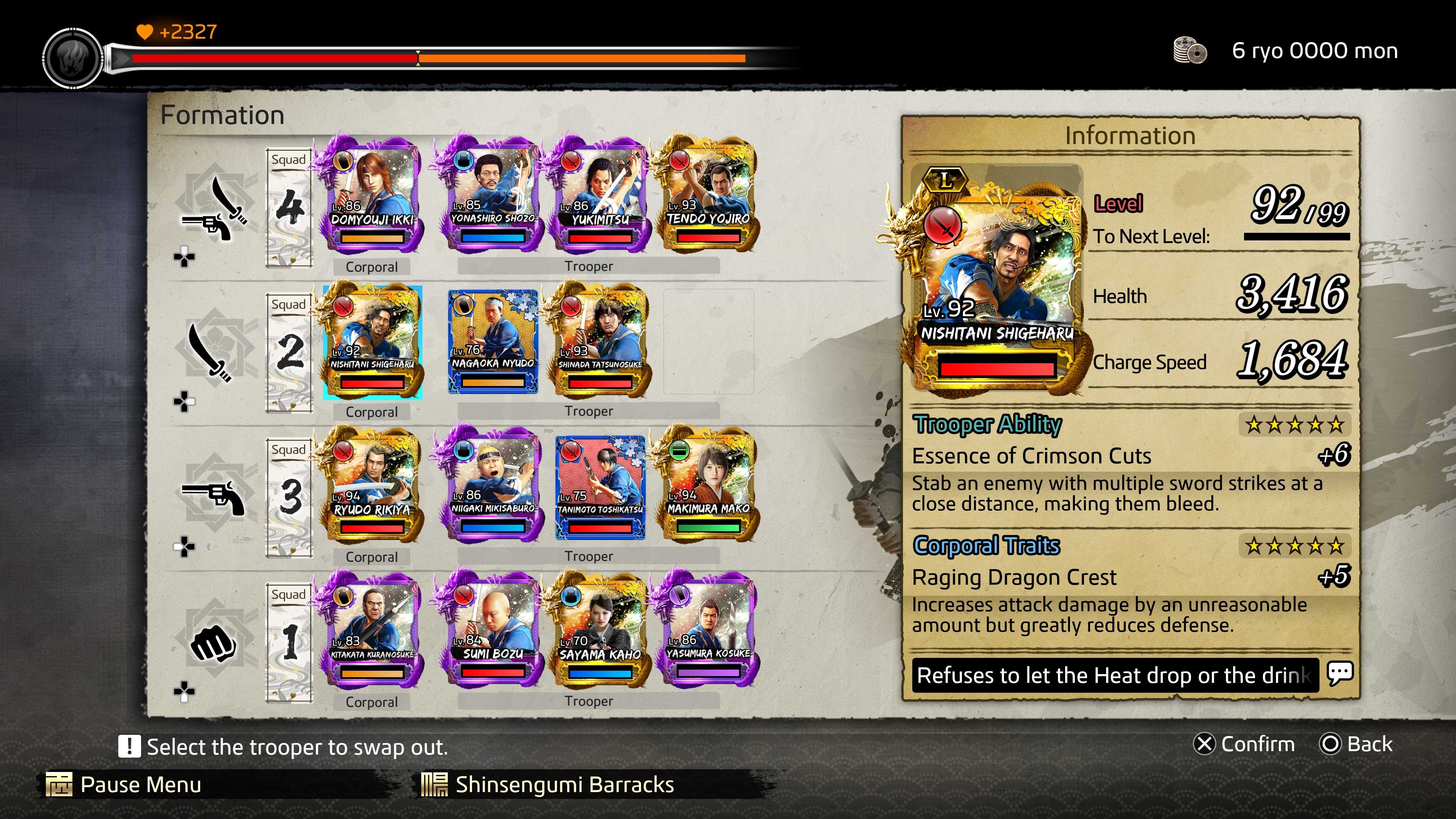
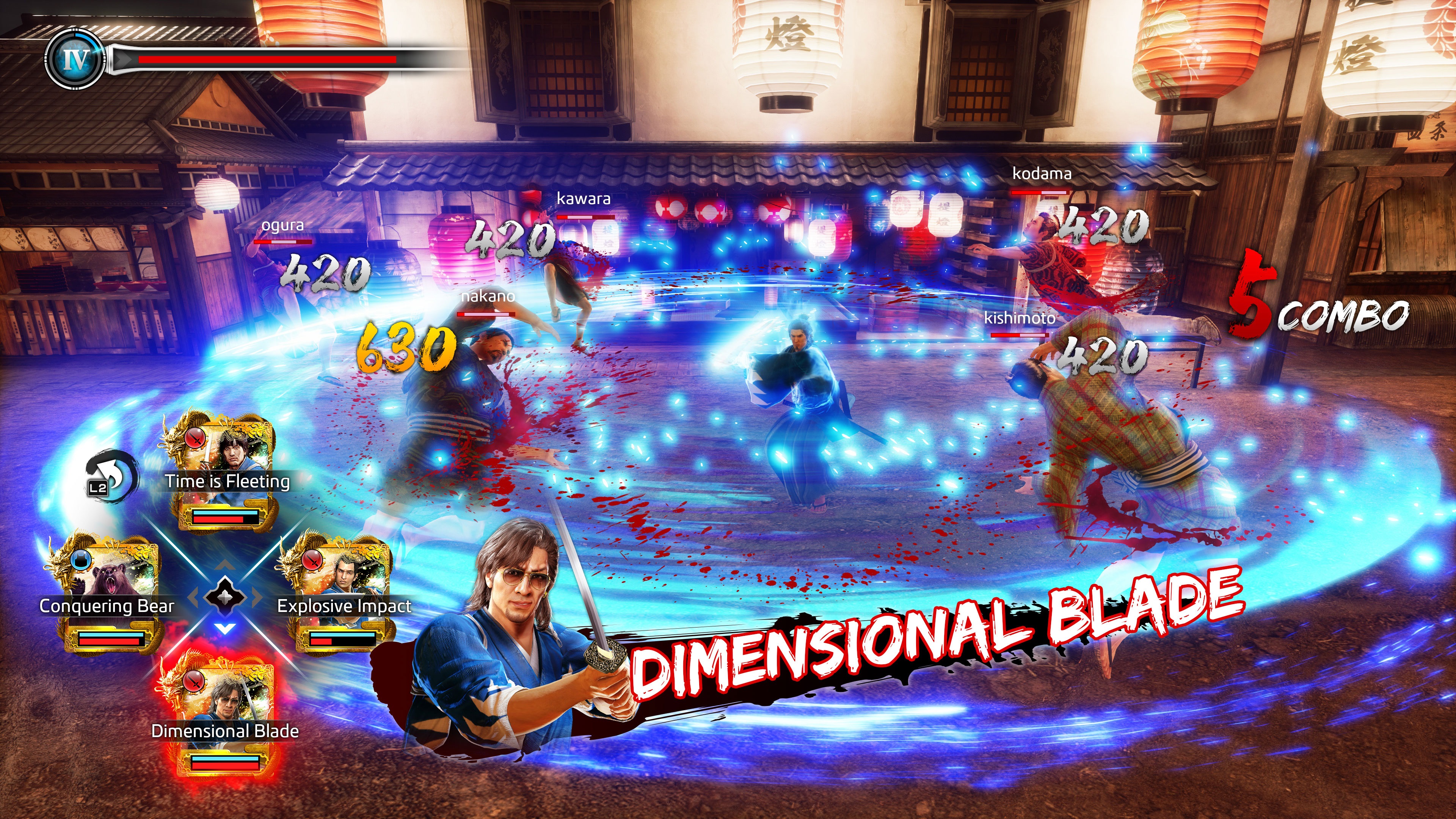
I’ve also yet to mention the new Trooper mechanic that allows you assign up to 4 squad members from the Shinsengumi to each of your combat disciplines for extra stat bonuses and RPG style attacks once their morale meter is filled. In truth, I found this mechanic to be grossly negligible and for the most part irritating to manage with its fusions and their requests for new weapons. The special moves themselves can be helpful to turn the tide of battle (Especially the healing ones) but the amount of time investment needed to keep them scaled with your level alongside the games other time intensive mechanics feels too much. As long as you have a couple semi-decent troopers in your squads, you can neglect this feature with little repercussion.
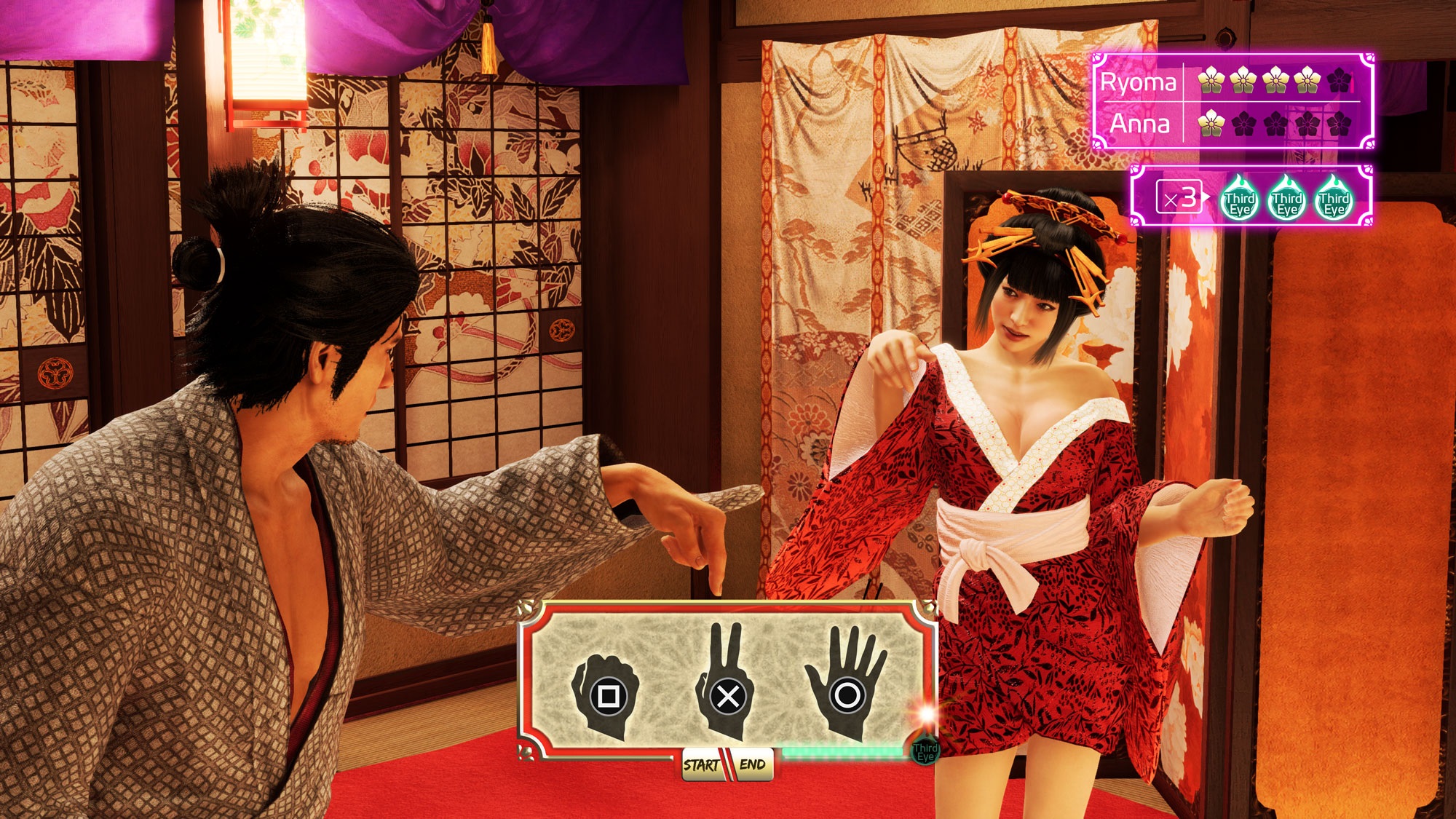
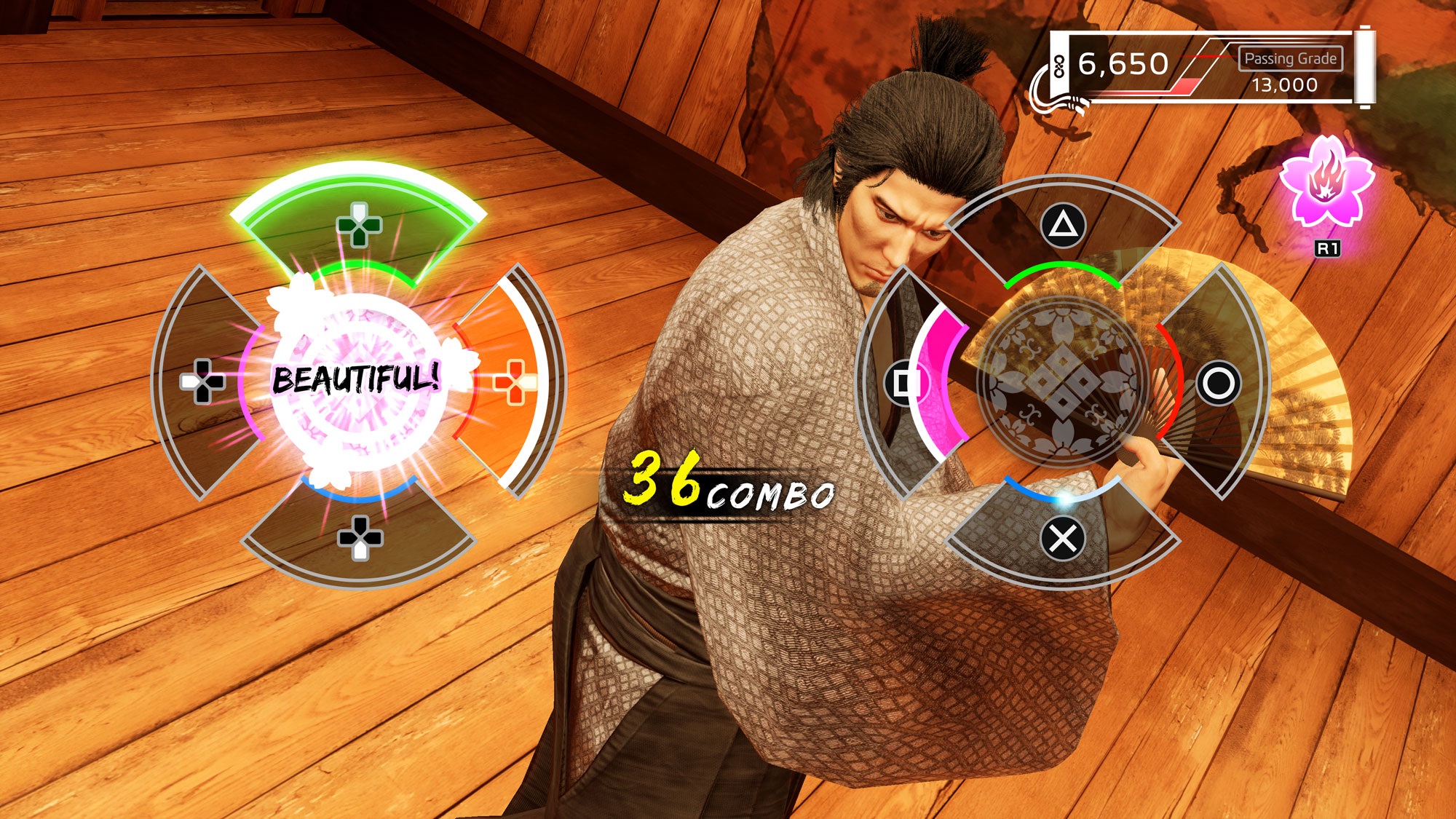
Minigames are the most inspired and creative they have been in a while due to the new setting and time period that lends itself to a branching out of activities - incorporating a series of more unconventional ideas like Buyo dancing, chicken racing, and farming crops at your homestead where you can also adopt and house local strays. I must admit however that spending time with the Courtesan for the completion list and playing strip Rock, Paper, Scissors leading to an overtly sexual (and incredibly difficult) bullet hell minigame made me uncomfortable to say the least.
Substories were also not the greatest this time around and a major portion of them are simply fetch quests where you revisit the same NPC’s over and over, giving them surplus junk items until their bond level is maxed out, rewarding you with a similar junk item that could have been acquired in the games battle dungeons in just as much time + extra.
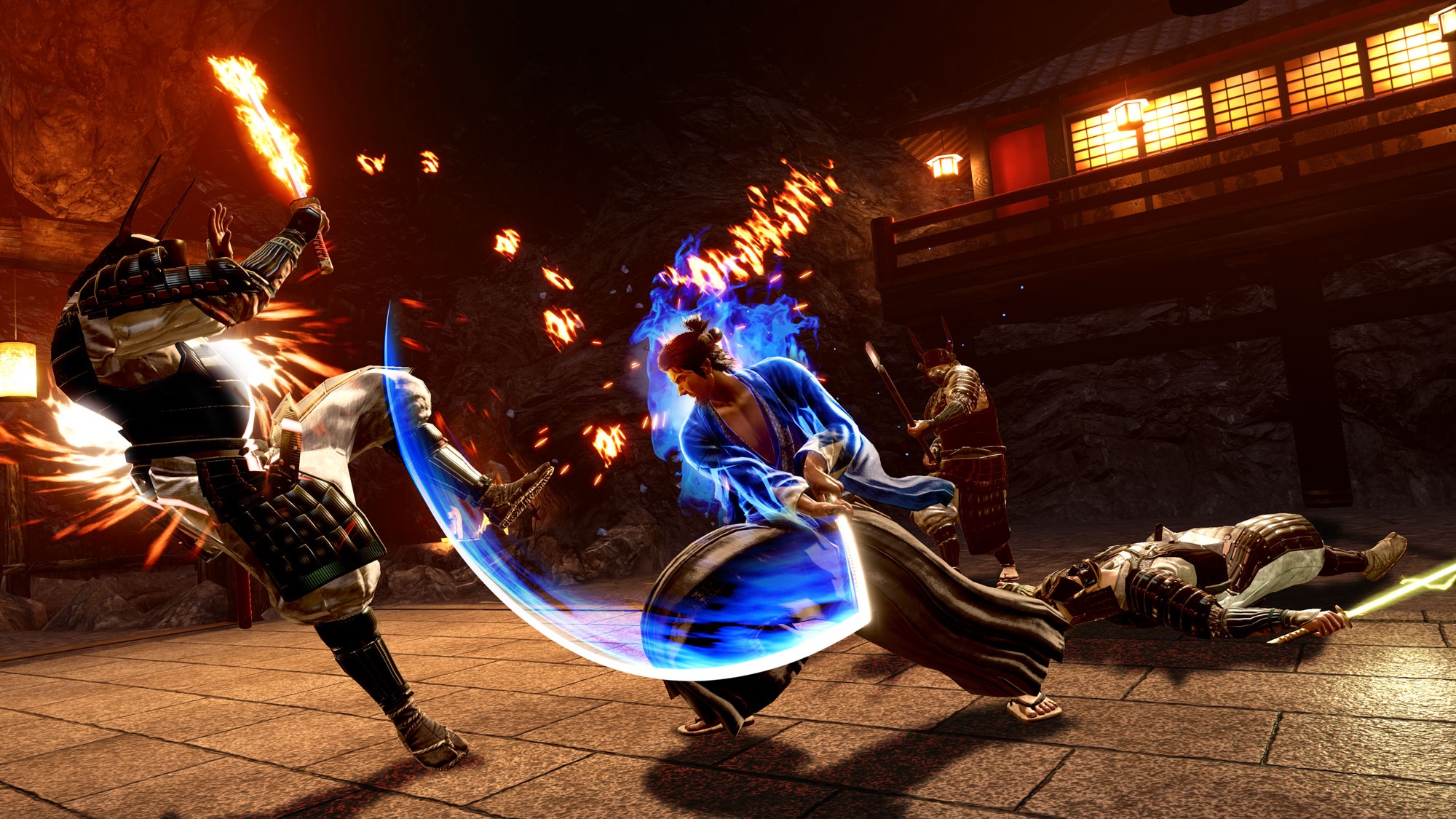
Money is the hardest it has ever been in the franchise to earn and requires a lengthy process of gambling, farming, and struggling through the higher-level battle dungeons for rare but high value weapon drops. As you defeat enemies you will also collect materials of varying rarities for crafting weapons and armour at the blacksmith. Gathering these materials (although it has since been patched to increase the drop rate) is a major time investment considering the need to craft duplicate items for a chance to find bonus seals in a “seeded” crafting system. Which leads me to the games worst feature.
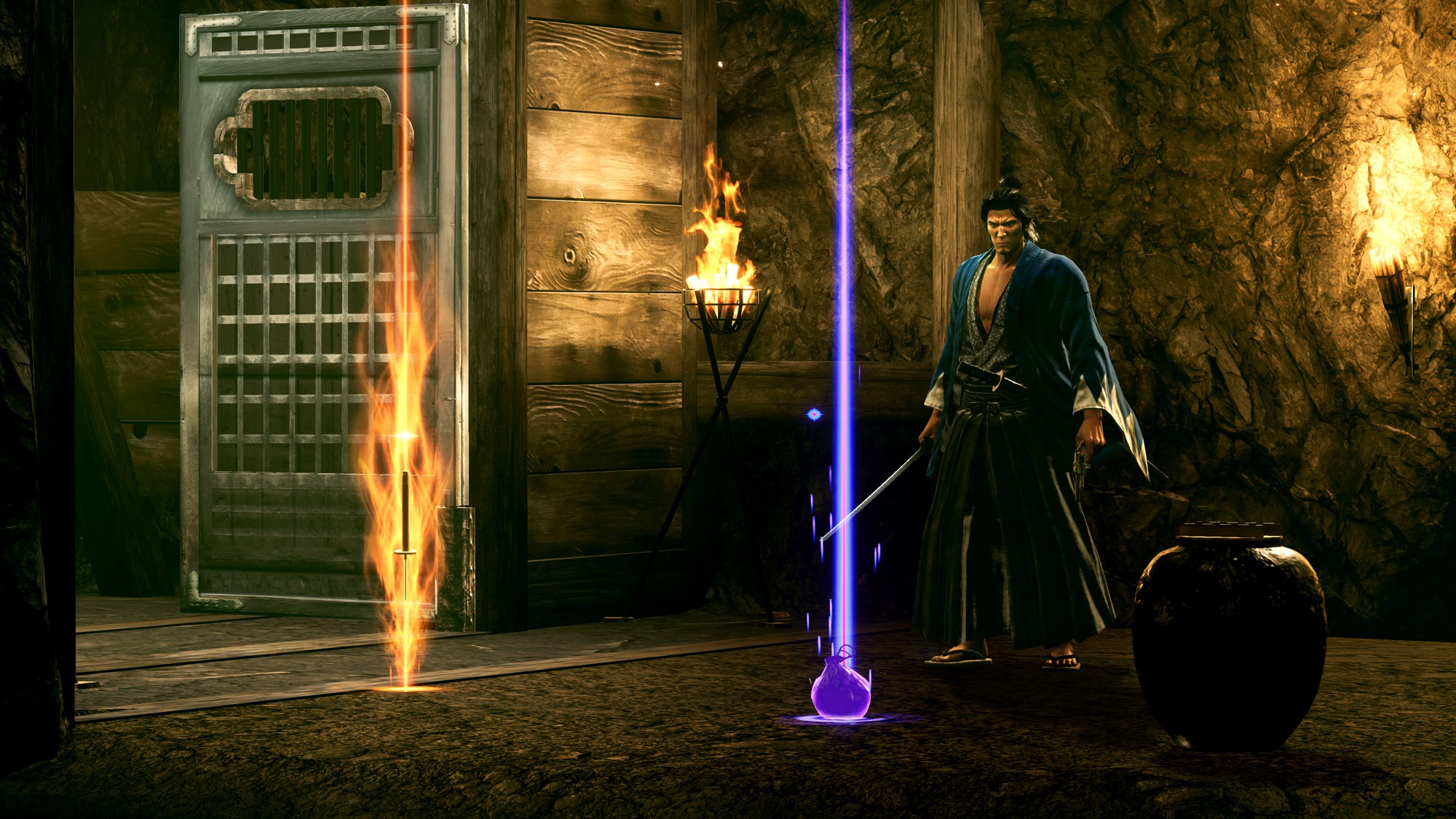
Compared to its original release, the crafting system has been made less intuitive, more complex, and criminally unexplained. The Blacksmith allows you to craft, enchant and disassemble any gear you may have to either increase their power, imbue special effects, or salvage exclusive materials - complex enough on its own without adding the malicious “Seeded” crafting system. What this means is that the game has already decided the outcome including the possibility of bonus “seals” or mods on your item before you even take the action to craft it, meaning you cannot simply save and reload your way to 100% completion. To do this you will need to craft hundreds of the same items in the hopes of finding the correct bonus seals just to disassemble them and enchant the seal onto a new piece of equipment. To make matters worse, the game neglects to mention anything about how this system works and expects you as the player to either ignore this feature (Which you could if you only play for story) or deep dive into community forums and youtube videos to help explain how this awful system works. There is a way to manipulate this system (And it is really the only way to even remotely get it to work) but it does not soften the blow due to the number of materials and money you will need to gather for crafting – and so begins the grind of replaying through the higher-level dungeons and gambling at the chicken races at nauseum. All the original game asked you to do was simply craft the weapon with the trait you wanted and disassemble it for the required seal… Which is what it should have been here!

Nevertheless, I did enjoy my time with this game and its gripping story that once again delivers an engaging and suspenseful thriller from start to finish and that is what I am choosing to take away from this game… Just do not punish yourself with the Platinum like I did!
